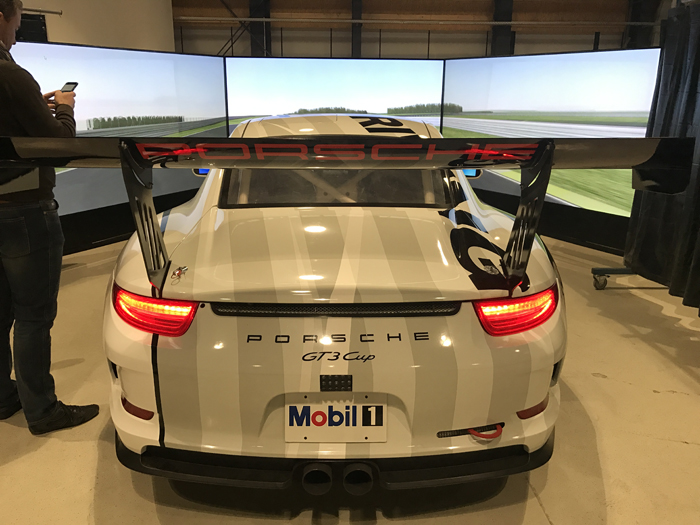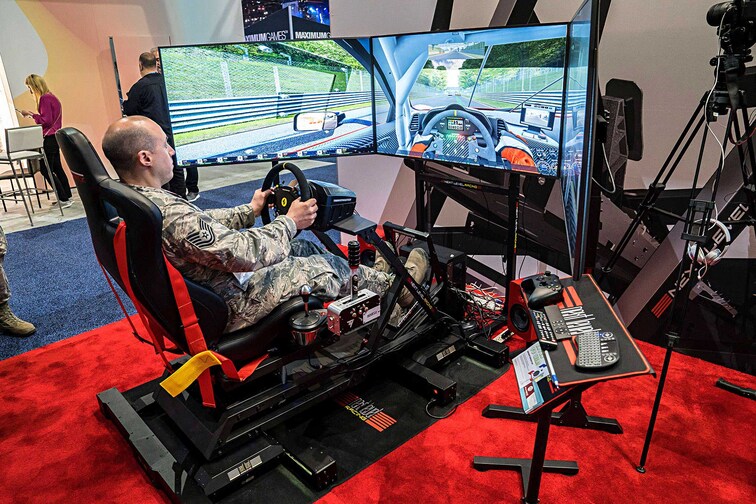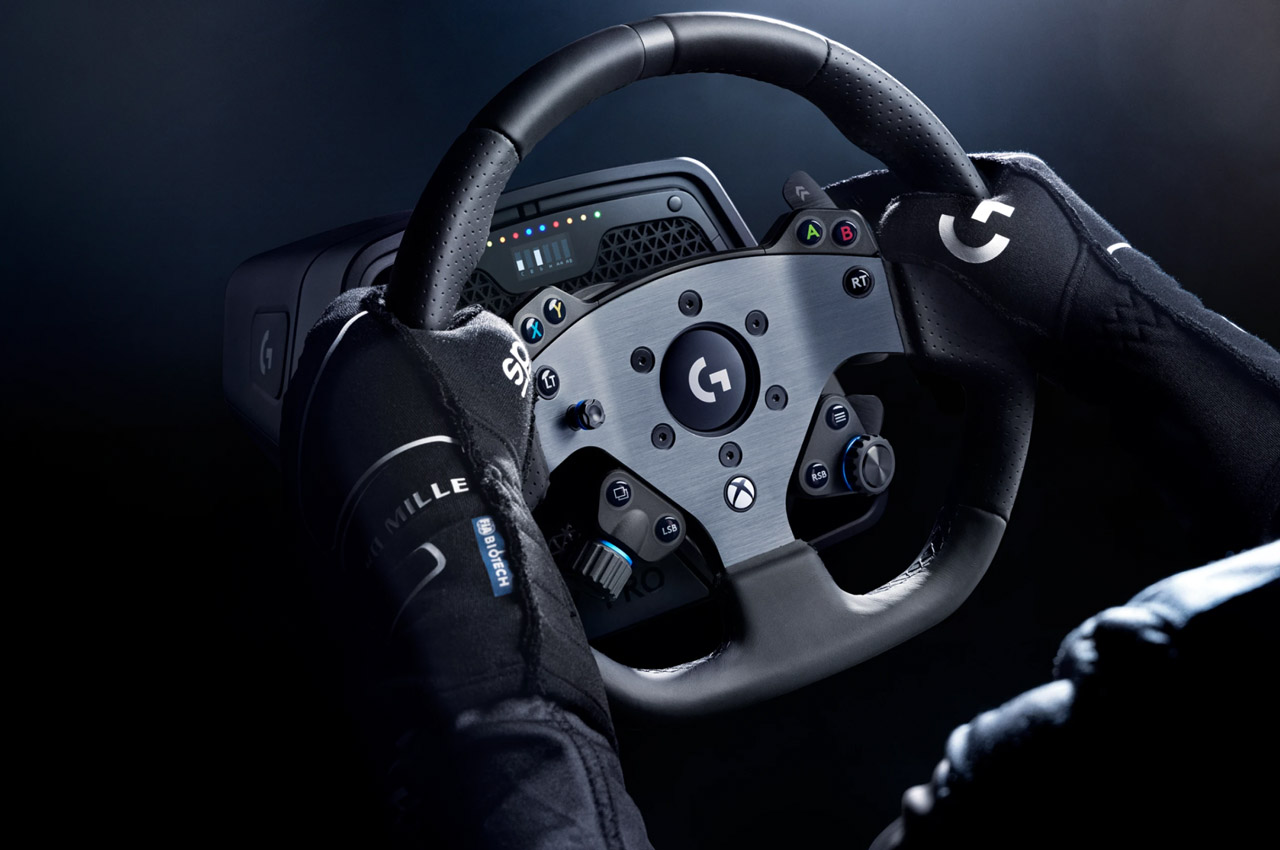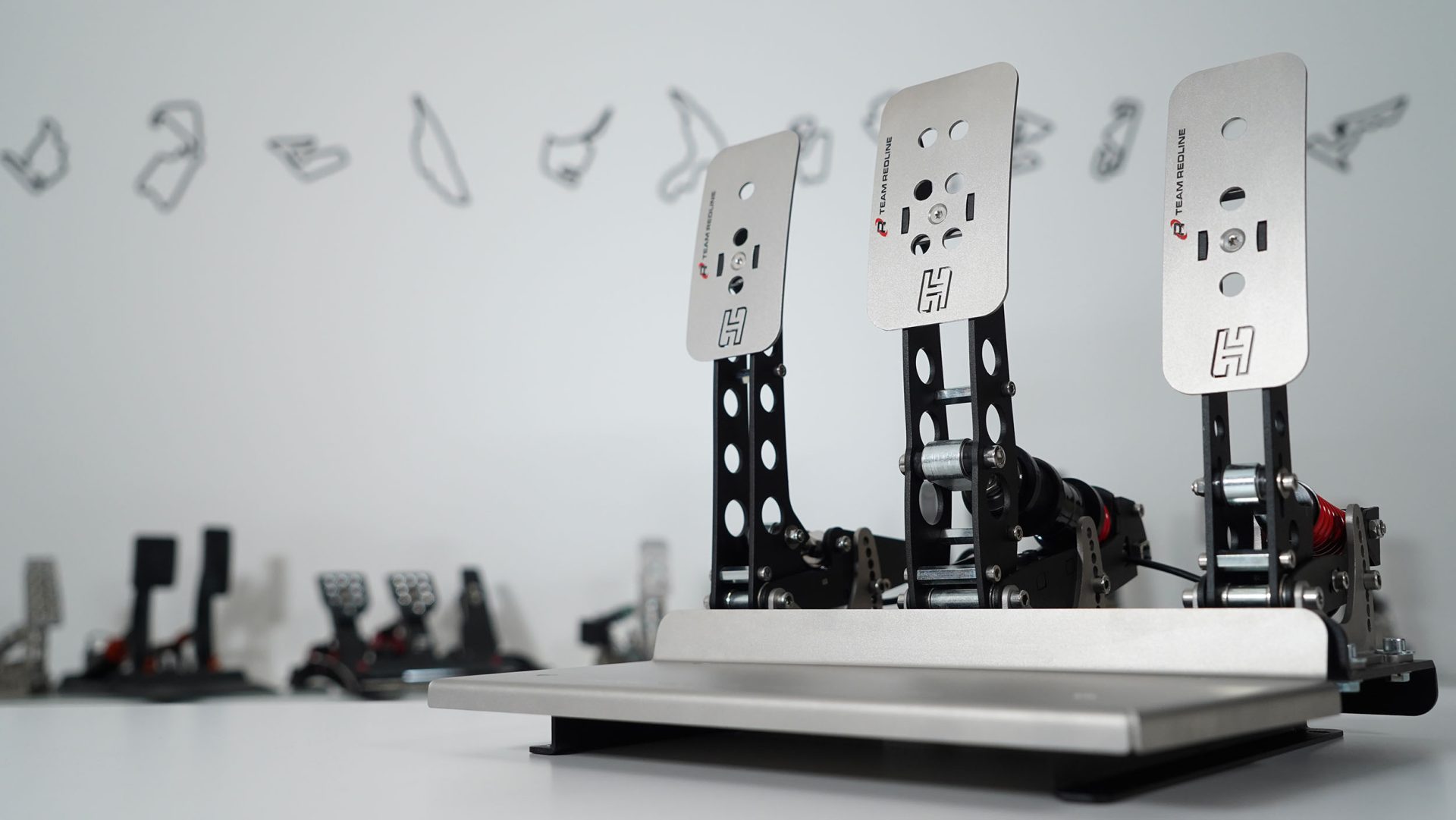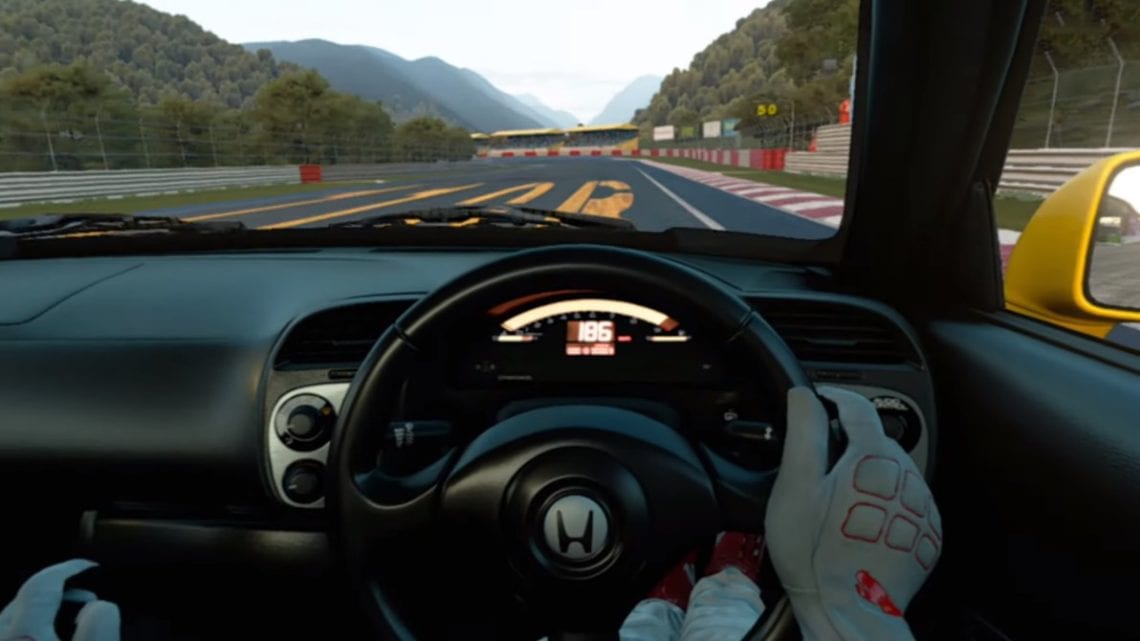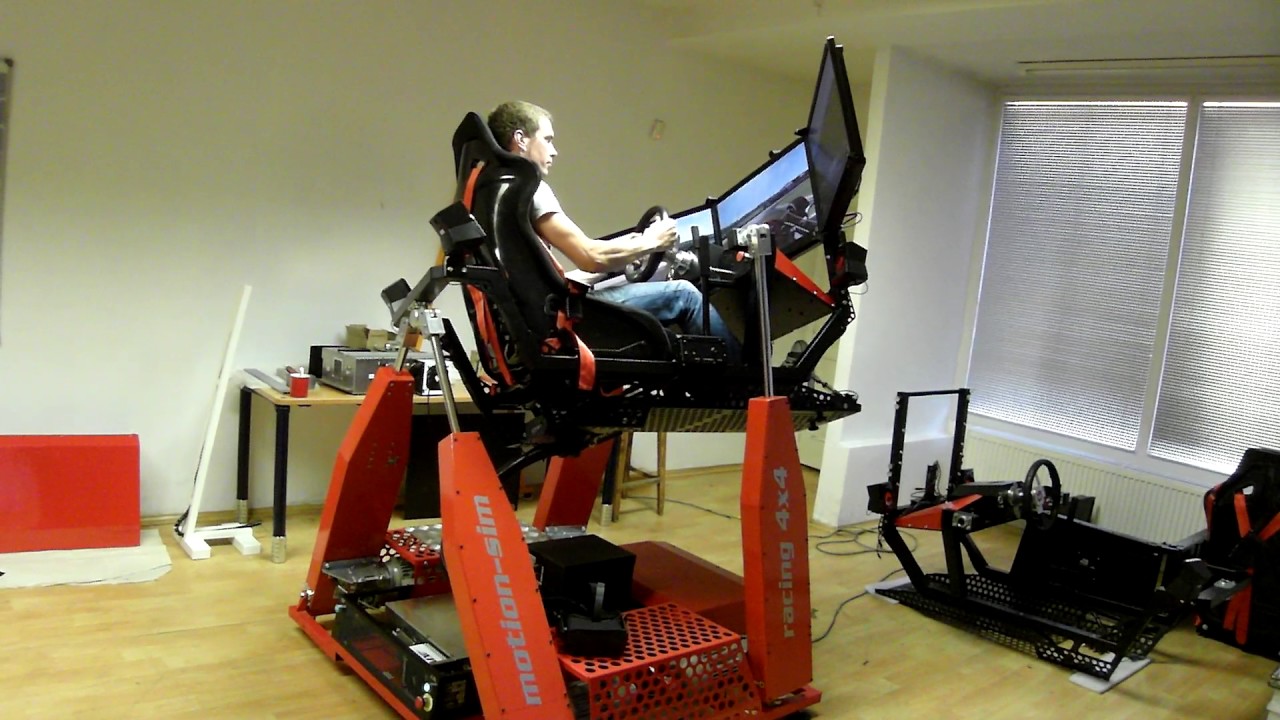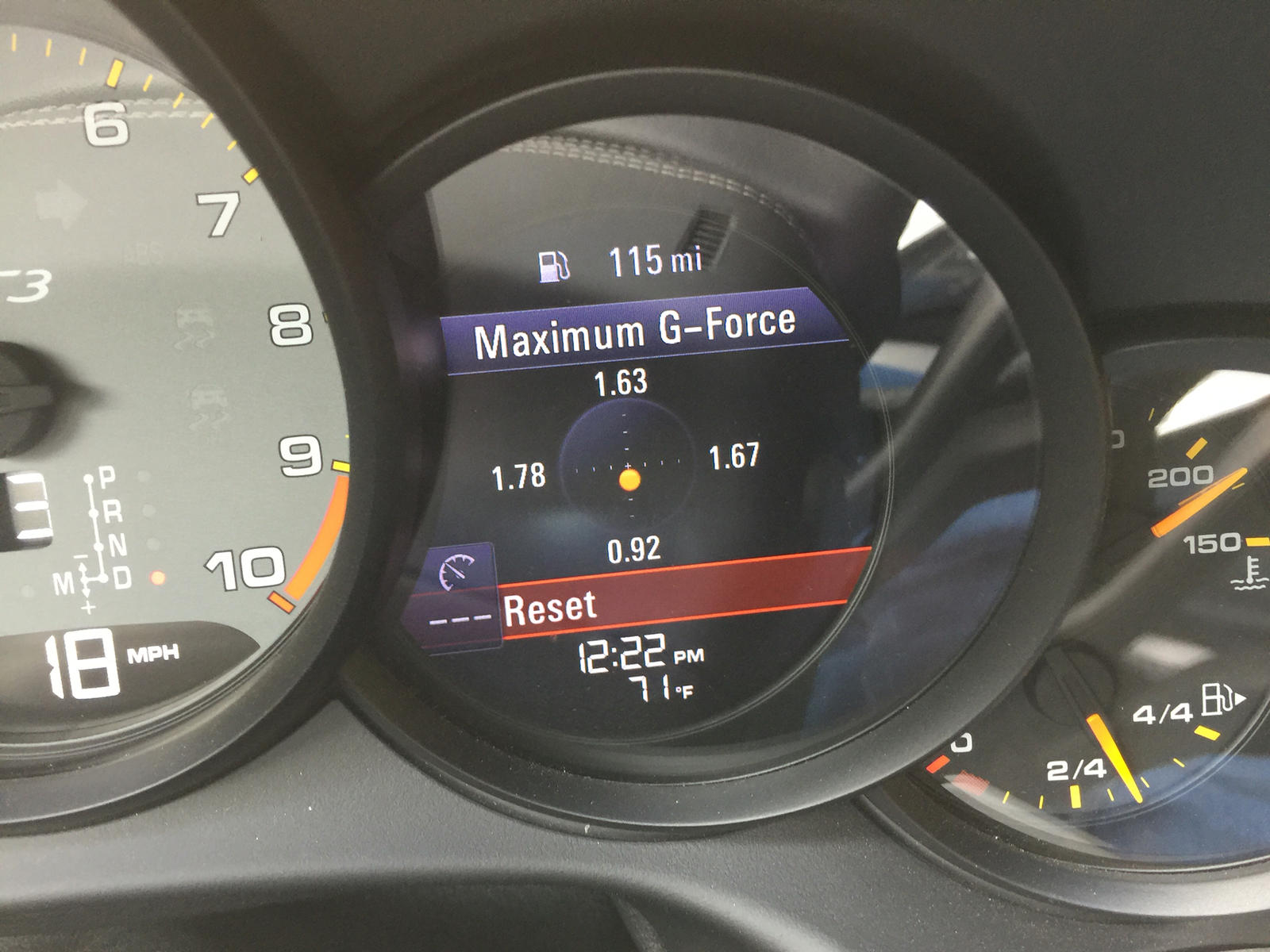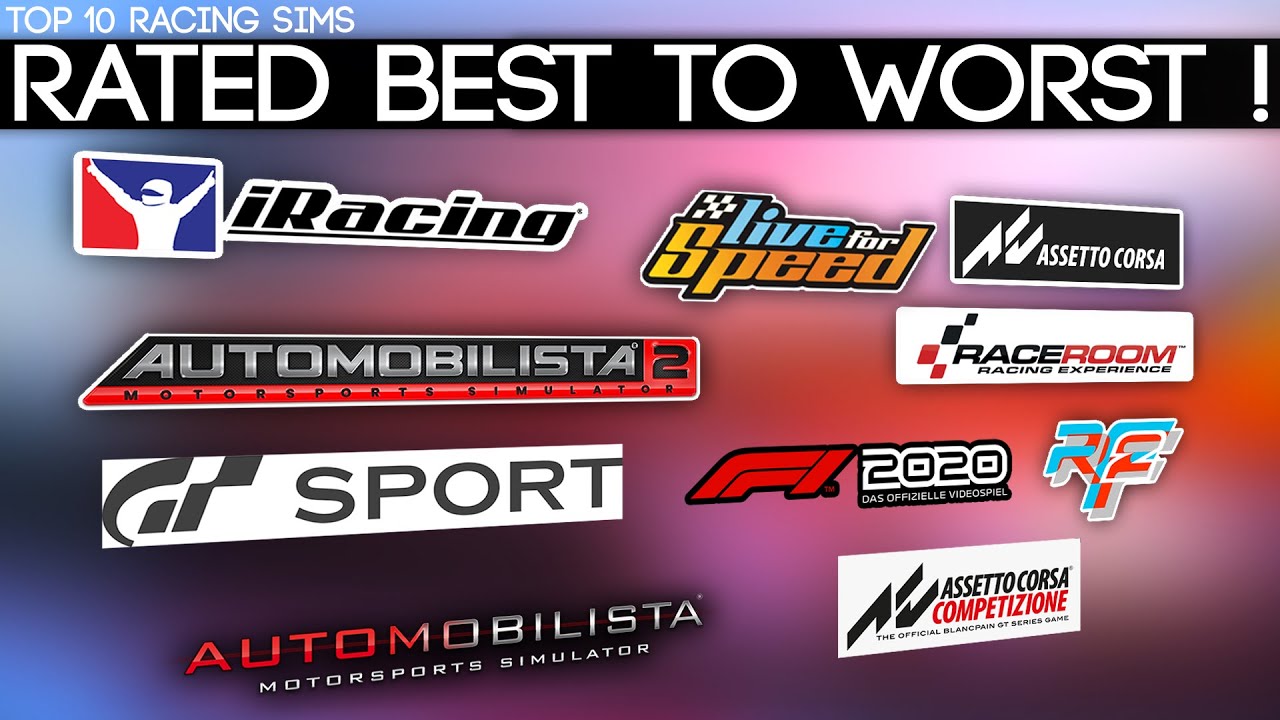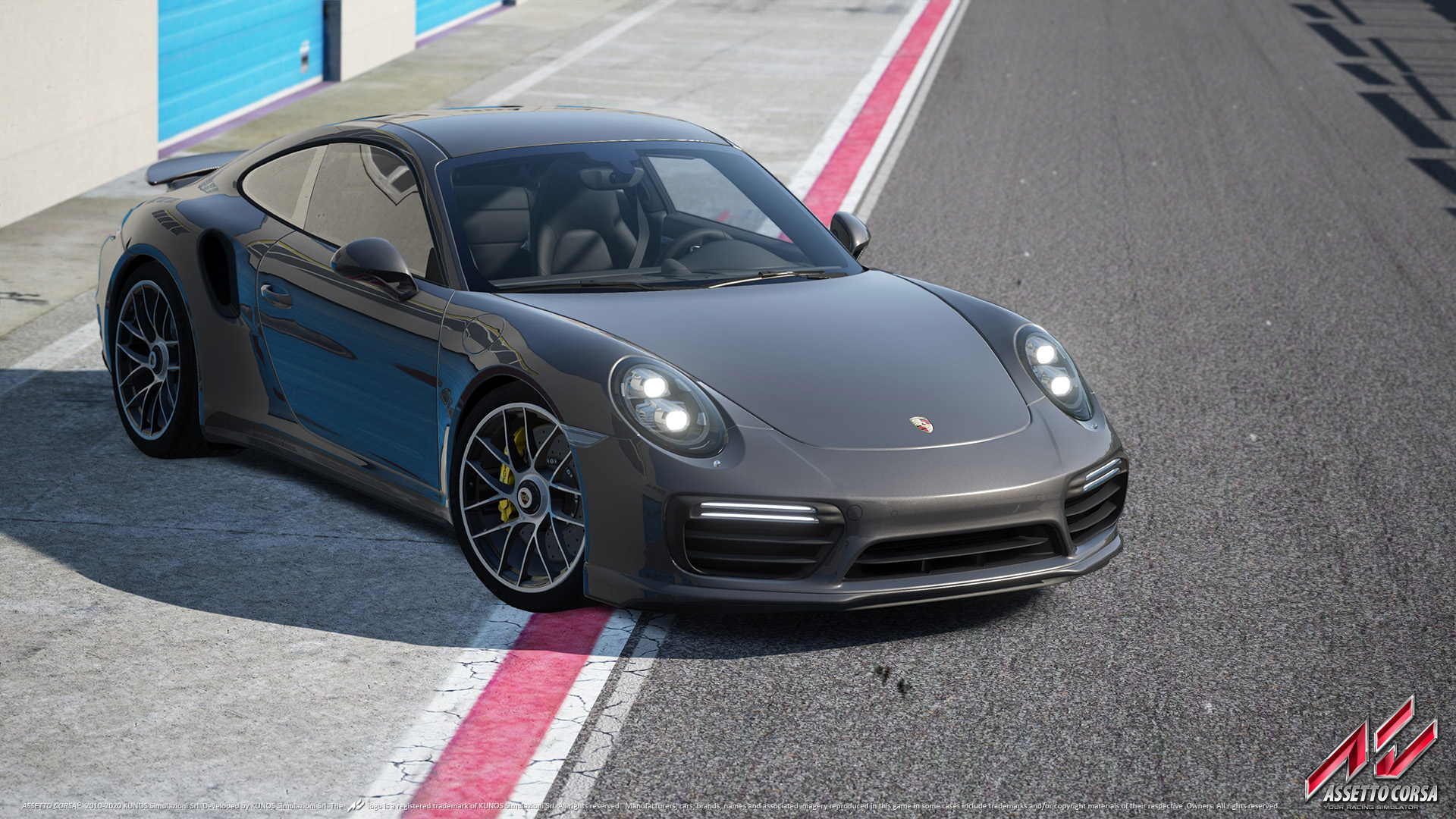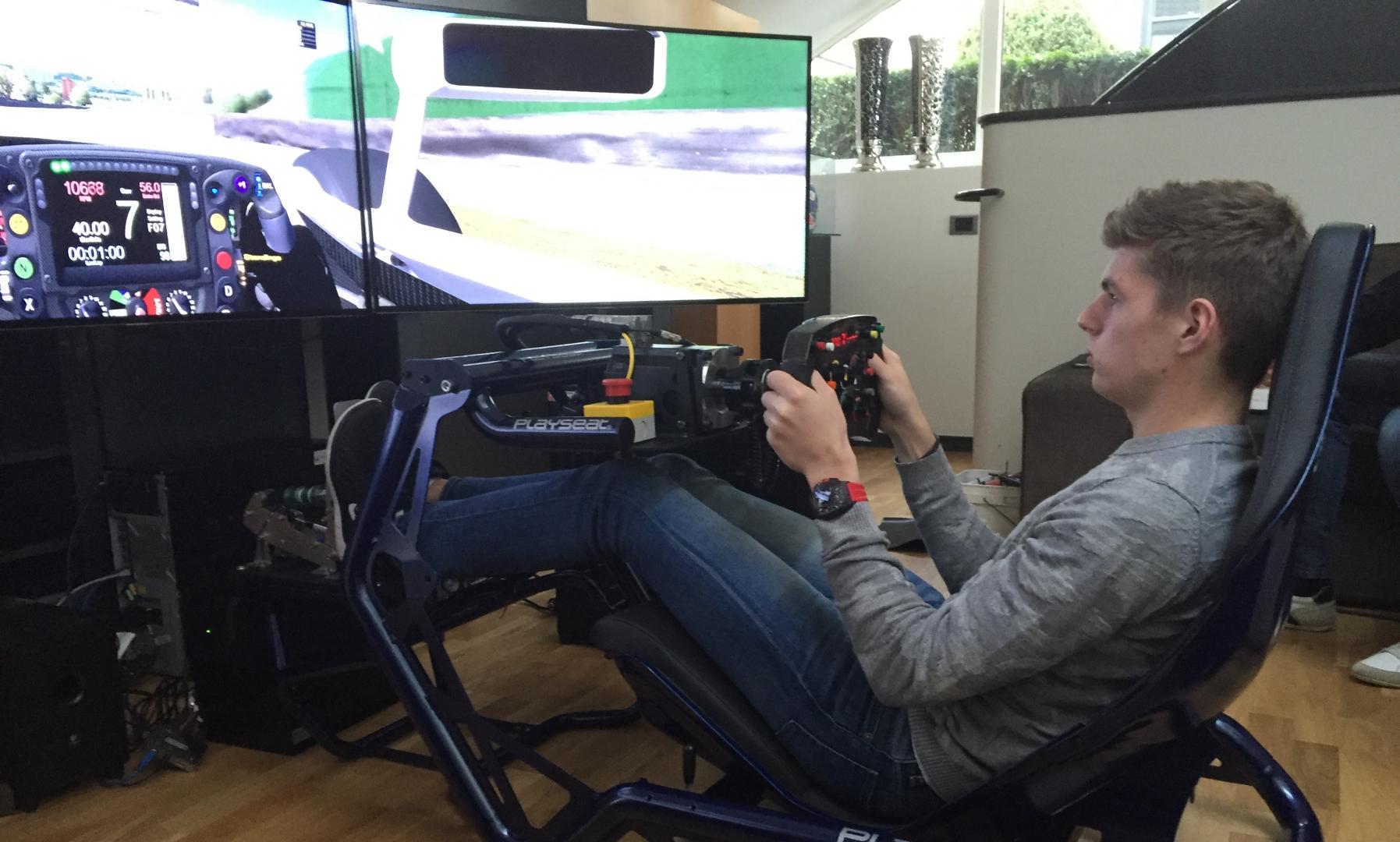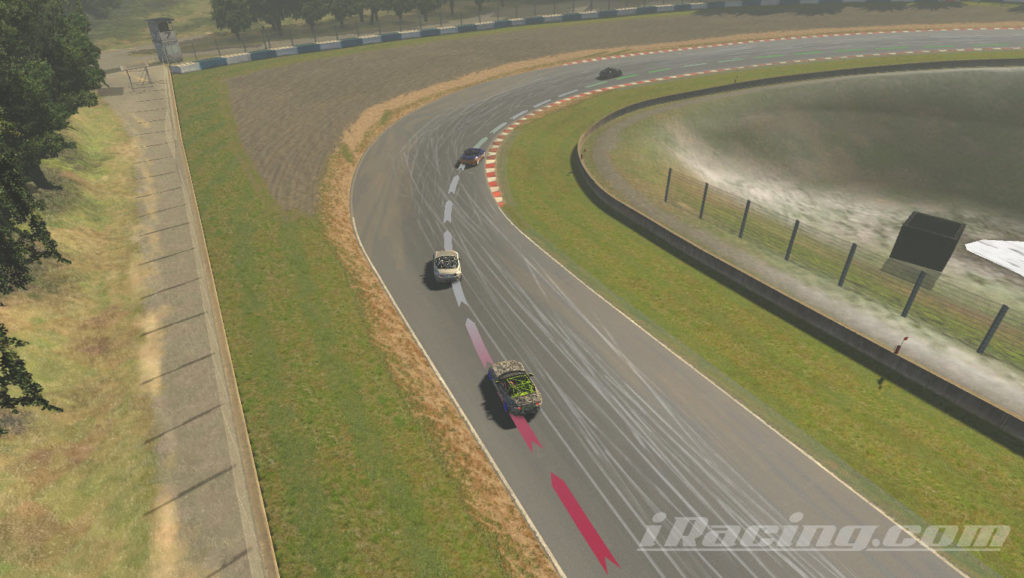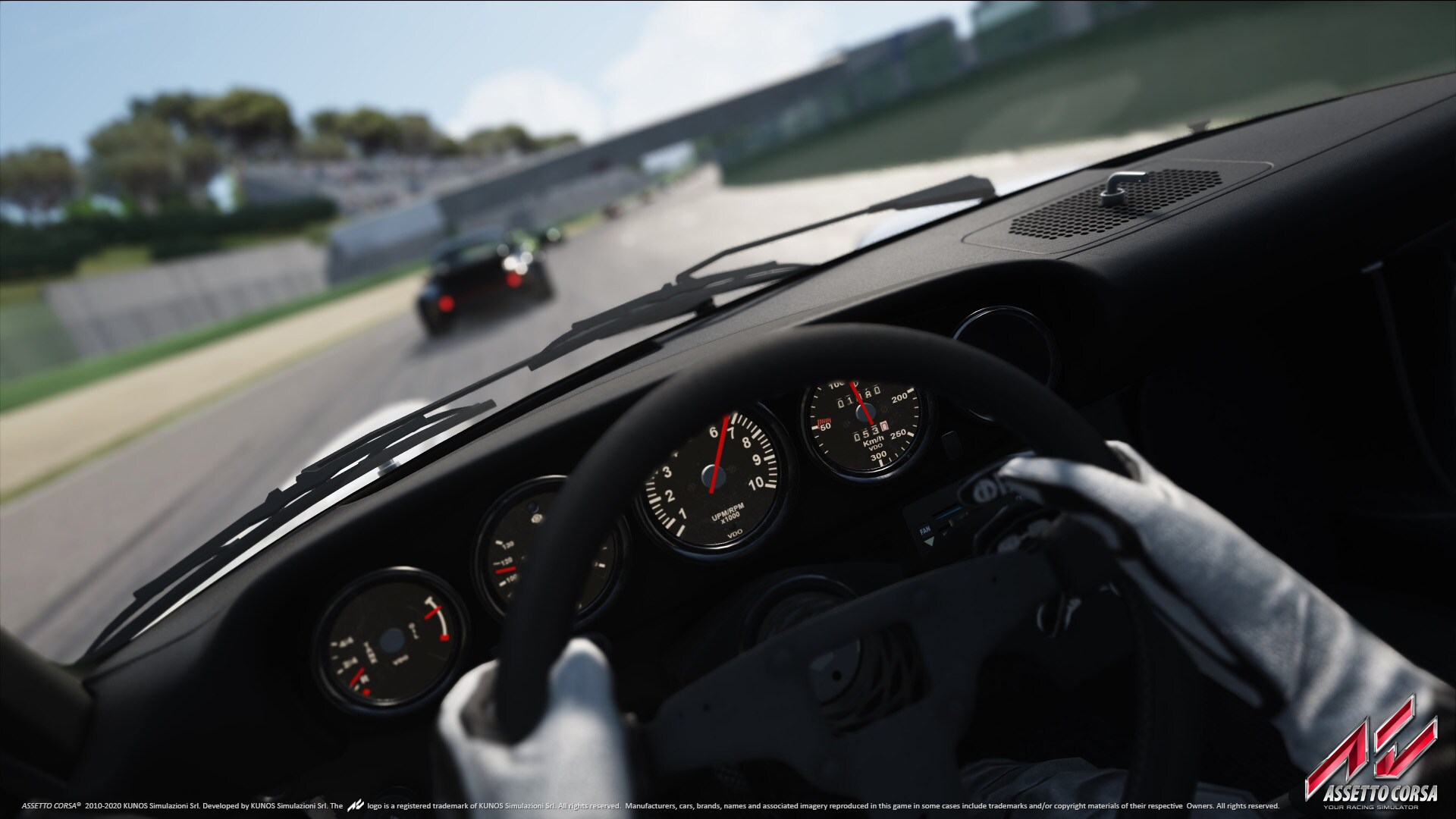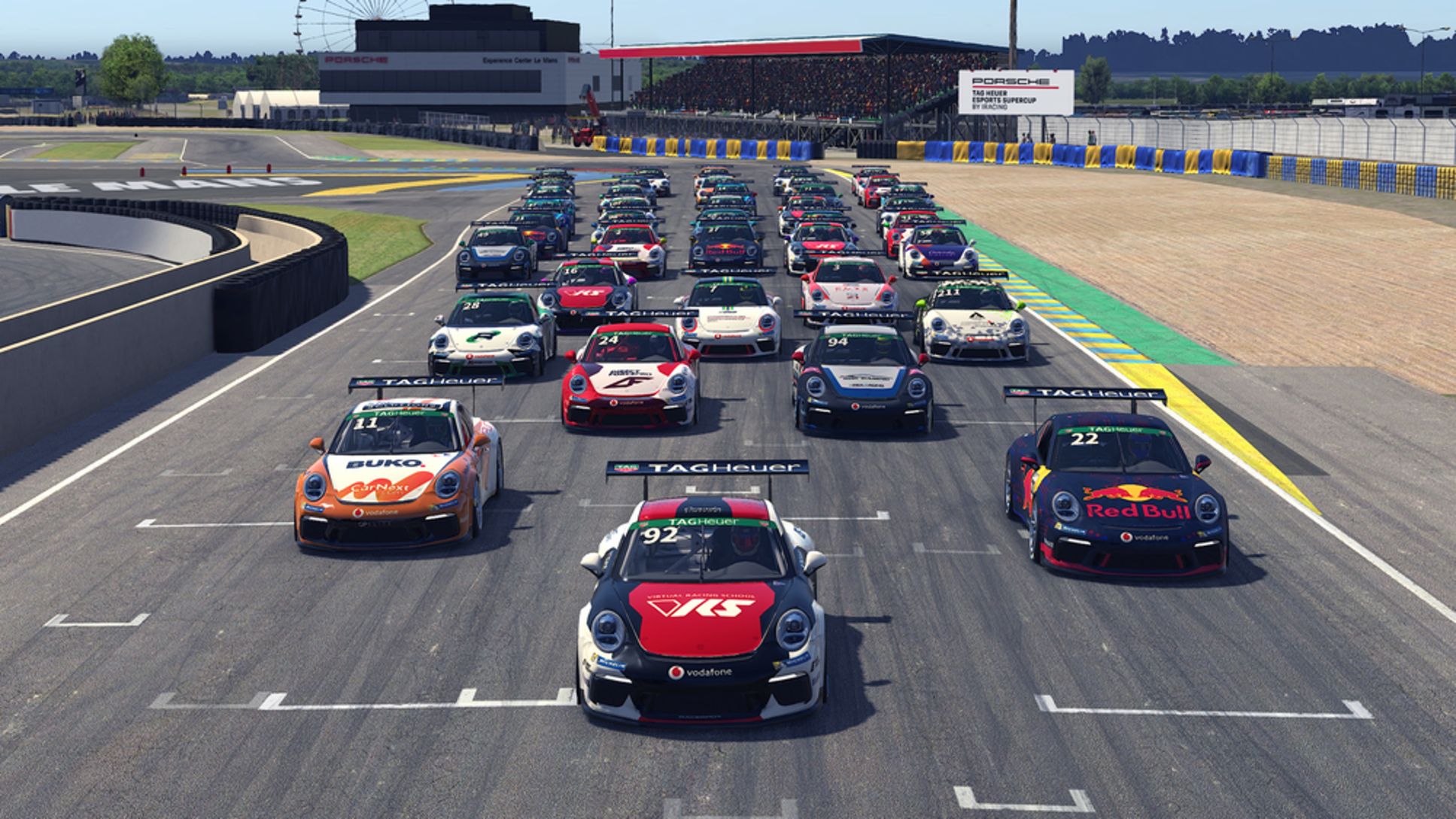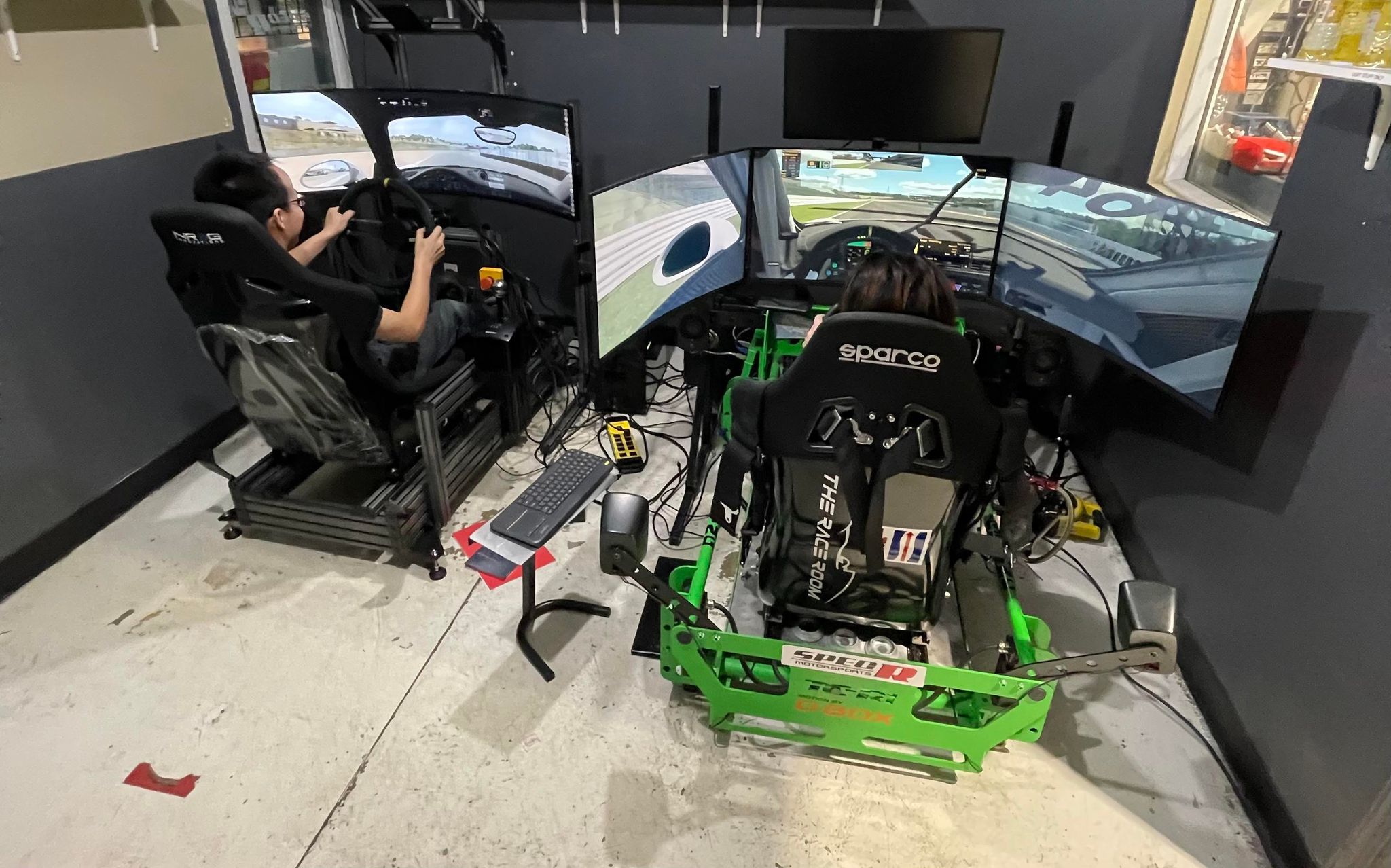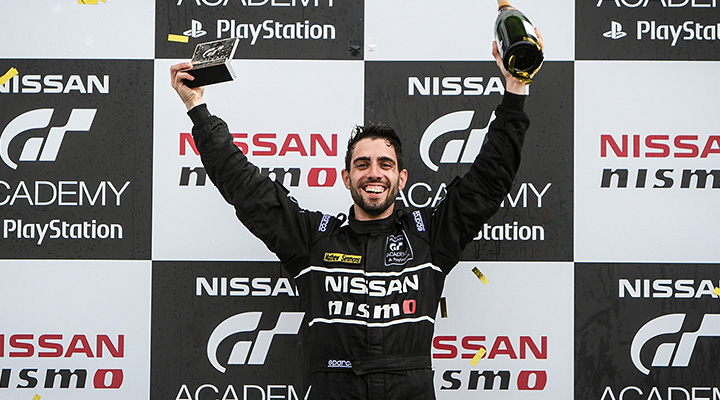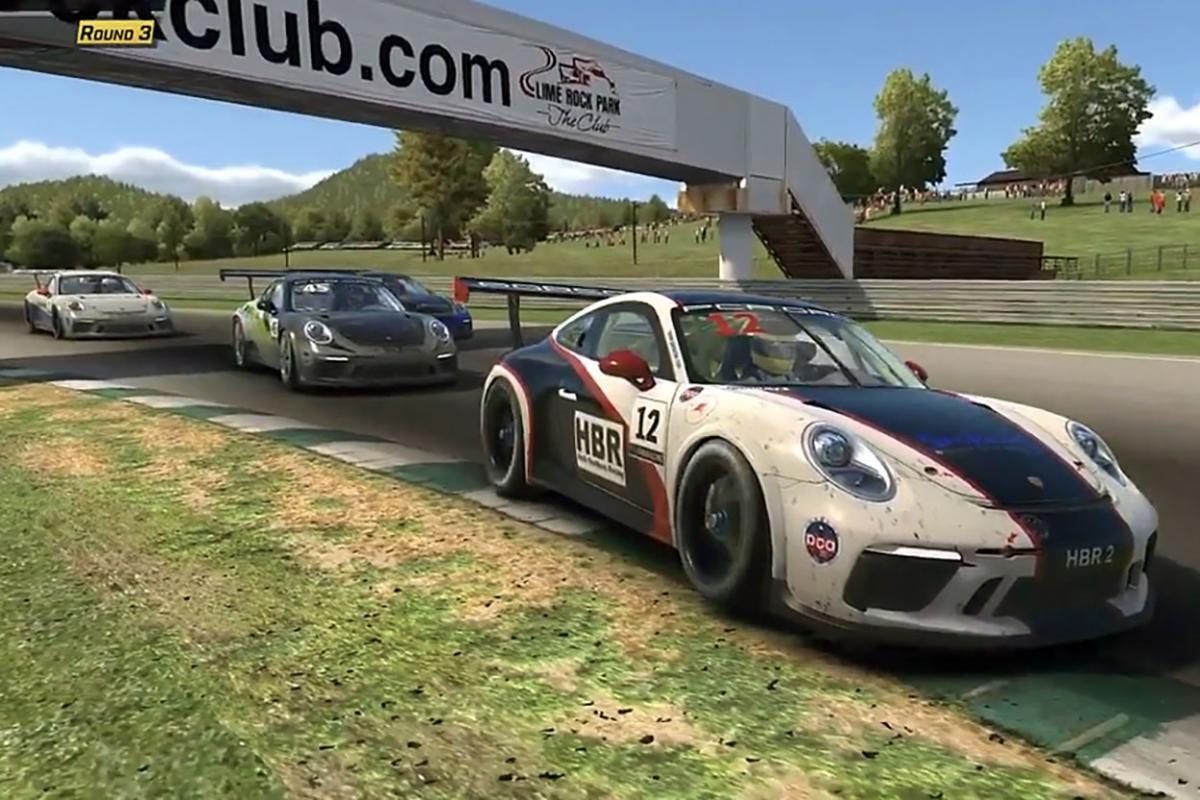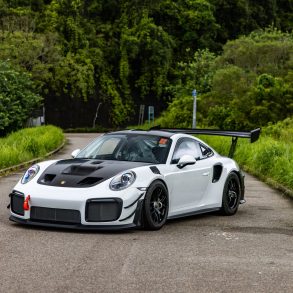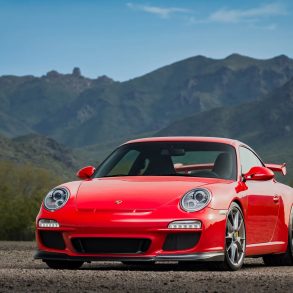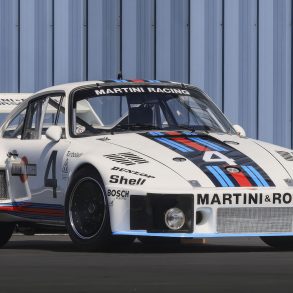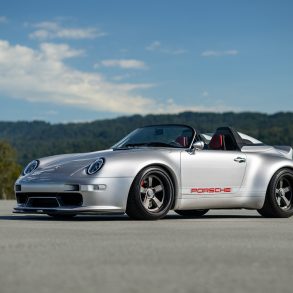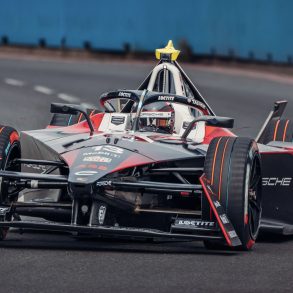The short answer—yes.
The simple answer—it really depends.
The sweeping answer—keep reading below.
If you’ve made it this far into the article, either your curiosity has been piqued, or you’re in the mood to partake in some fact-checking (in lieu of a debate made possible only with face-to-face dialogue).
There are different degrees to which a racing simulator, or by extension, the activity which it allows—sim racing—can improve your game in the real world.
In addition, the user’s mindset plays a key role in determining its overall effectiveness. By understanding its limitations and applying a disciplined/serious approach to sim racing, this can certainly lead to benefits on an actual racetrack.
Let’s begin by speaking about the simulators themselves—how they operate and in what ways they can (or might not) play a role in helping you drive your Porsche more confidently around an actual circuit.
Simulator Equipment Determines Level of Immersion
Just as a (typically) more expensive, purpose-built automobile will give you a performance edge at the racetrack, the same can be said about a racing simulator setup. We often referred to them more promptly in these circles as a “rig”.
In fact, the racing simulator industry is just as notorious, if not more, for providing vast advantages in immersion and superior experiences for those with the deepest pockets.
Image via MotorTrend
The playing field as of late has become much more favorable for the average consumer though, as more companies begin to produce a wider variety of equipment.
This has driven competition, lowered prices and led to more innovation. Still, the higher the budget, the better the equipment, and the closer that sim racing will feel like the real thing.
Peripherals in Order of Importance
Steering Wheel (What Your Hands Feel)
There’s no other part of a car which provides the tactile connection requisite of driving a racecar, quite like a good steering wheel—real or virtually.
All of the top tier direct drive units do a wonderful job at replicating the forces, vibrations and details that are transmitted through the steering wheel into the driver’s hands.
Image via Logitech
Higher-end equipment will more distinctly convey (or make possible) moments such as understeer, ABS vibrations, dynamic suspension changes, etc. that you would feel during high performance driving.
In theory, better quality details will allow the driver to react more quickly and naturally, thus providing an advantage over those whose equipment does this less effectively.
Pedals (What Your Feet Do)
A high quality set of pedals will transmit critical information to the driver, while precisely transferring acceleration, braking, and in some cases, clutch inputs, to the software.
Image via boostedmedia.net
Some of the most exotic setups even utilize brake fluid in order to fully replicate progressive brake pedal pressure, and add yet another dimension of realism.
Otherwise, a combination of springs, hydraulics and elastomers provide a familiar sense of resistance and travel distances, allowing the driver to access a greater level of precision required to drive consistently at the limit.
PC and Monitor and/or VR Headset (What Your Eyes See)
The more powerful the computer—especially the graphics card—the better the level of immersion.
Objects simply look more realistic, they’re generated more smoothly, and all the subtle details are present.
There’s no lag between what’s being generated visually on the monitor (or VR headset) and what the driver is inputting through the steering wheel and pedals.
Image via Kunos Simulazioni
Even milliseconds of lag between what the drivers see and what they’re actually reacting to (i.e. frame rates and ping), can be the difference between elite outcomes and mediocre ones.
As the heartbeat of any rig, the PC is central to the performance of any and all essential components.
Simply put, a substandard unit will make it virtually impossible to excel at—if not just fully enjoy—the sim racing experience.
Absence of G-Forces Leaves Biggest Void in Realism
So you’ve managed to put together a pretty solid rig. Simucube, Heusinkveld and Fanatec are just some of the reputable brands you can name drop on your solid aluminum chassis with a Sparco race bucket seat.
At this juncture, sim racing must be so realistic—so much so that it could replace the need to race in real life, right?
No, not quite. And we’re not even talking about a blurred line here, but more of a thick, solid one. If you’re an avid sim racer, you’ll notice that I left out “motion” in the list of peripherals above.
Yes, you can add motion—by way of hydraulic actuators—which do add another degree of immersion to a rig. They pitch and yaw the chassis around as you accelerate, brake, take corners and go over bumps.
Rally Driver drives WRC 10 Game with Haptic Motion D-BOX G3 Simulator
The less comprehensive “butt kickers” produce a less convoluted level of mimicry, providing as they suggest, a more seat-of-your-pants experience by simulating engine vibrations and other sensations through your seat. You can certainly combine both of the above for a more complete experience.
While these things do add depth to the immersion, the absence of g-forces—and importantly, how a driver is able to feel them in a real car—mean that near-complete realism can’t be achieved.
Elaborate contraptions like these have tried…. mind you, the technology continues to improve.
Image via motionsim.cz
Why G-Forces Are a Big Deal
Even while driving on the streets, as Porsche drivers we know that g-forces aren’t just a peripheral sensation that we feel when extracting the performance potential from our cars.
They’re arguably the most critical feedback we can receive while driving—especially fast—as weight transfer, and the management of it, is a crucial component of how hard we are able to push our cars.
For the majority of us, g-forces also help to establish a skill cap; one that’s in place to keep us from trying anything beyond our own current driving level and comfort zone.
This is absent on a simulator, and in combination with the lack of any real accountability and consequence for error, might lead us to do things we shouldn’t and hopefully, wouldn’t do, on the real racetrack.
Driving without g-forces is like driving with less of our senses being available. In isolation, that can work fine for sim racing—not that there’s a choice—but it’s something hugely significant which can’t be transferred from the sim world to the real world.
Mainstream Software Captures Essence of High Performance Driving & Competitive Racing
I’ve spoken a lot about the hardware, so let’s talk about the other half of the equation—software, or the games, if you will.
Some of the most popular titles in the ultra-realistic sim racing world include the likes of iRacing, Assetto Corsa, rFactor 2 and Project Cars.
Image via GamerMuscleVideos on Youtube
Gran Turismo and Forza are popular platforms too, although many, including myself, would argue that they’re more of the arcade-y variety than being true driving simulators. The former is also exclusively made for the Playstation.
Assetto Corsa, rFactor 2 and Project Cars are more niche—mostly due to their lower user-friendliness scores—but offer a just as rich, if not a better level of simulation than any other racing simulation platform.
One of their best features is that you can drive stock production vehicles—like say, a 991 Carrera S or even a Porsche Panamera—meaning you’d be able to take a car you regularly see on the street, or perhaps even the exact car you own, on some of the world’s most famous racetracks. Relatability is sexy.
Image via Kunos Simulazioni
Professional Endorsement
iRacing has the most widespread popularity, with the likes of Lando Norris, Max Verstappen, and Fernando Alonso known to frequently participate in practices and races online.
Although we do know that F1 drivers also train for their races using special one-off simulators supplied by their teams, it’s well documented that many top drivers will regularly hop into rigs they have at home.
Image via Hartvoorautos.nl
During their personal time, doing so helps keep their muscle memory and reflexes sharp, and perhaps improves their familiarity with a circuit they haven’t visited for a while. There’s still a competitive component to it as well, which keeps these types of drivers in their element.
Regular folks can hop into a racing simulator just the same as their idols, and with the same intentions too. If you get good enough, you might even end up racing alongside them.
What Makes Them Great Learning Tools
One of the things a simulator can help you get accustomed to and comfortable with, is driving in traffic. This is an extremely important skill to have whether you do competitive racing in real life, or even just high performance driving events.
They’re also excellent tools for learning the proper driving lines on a particular racetrack, either by following a computer-generated racing line as a guide, or figuring it out on your own by turning enough laps and establishing your visual markers.
Image via iRacing.com
In general, when used correctly, they can help form good habits, both in your mentality and your driving technique. Having an instructor familiar with simulators could prove to be a highly effective coaching duo, should you wish to combine the two facets in your growth as a driver.
More Expensive Rigs Will Make You Better But Not Always Faster
Ironically, for the most part, any of the software mentioned above will become somewhat of an equalizer when it comes to the quality of the rig being used. Remember, we’ve been speaking about immersion so far, not competitive outcomes.
It’s been proven that a more immersive (and usually more expensive) rig doesn’t necessarily guarantee improved results when it comes to faster lap times or race positions.
In fact, some of the top sim racers in the world use relatively humble setups, perhaps for the simple reason that it’s what they’re accustomed to using and there’s no need to change what already works.
World’s Fastest Gamer vs Normal Guy | Sim Racing Challenge
However, I firmly believe that immersion is critical when it comes to transferring skills from the sim to the real world, so do consider utilizing the top-end of your budget when it comes to building your own rig. At the very least, you’ll enjoy it more.
Porsche Cars Are Heavily Featured As You’d Expect
For the same reasons that you love Porsche cars in the real world, you’ll find plenty of them virtually too.
Programmers have painstakingly ensured that the likeness of the cars is “down-to-the-T”, with re-creations of engine noises, cabin aesthetics, and all the important characteristics, further enhancing the immersion levels.
Image via Kunos Simulazioni
The attention-to-detail is outstanding, and across all the platforms you’ll be able to pick from just about every noteworthy—and sometimes unexpected—Porsche race car and production vehicle.
Want to know what it feels like driving and sitting inside a Carrera GT? How about a jaunt in the mid-engined 911 RSR race car? Or perhaps you’d like to see if your friend really pulled off a 1:40 in his Boxster S at Laguna Seca? You can do all that with just a few clicks.
Of course, one of the draws of a simulator is being able to drive cars you’d likely never have the chance to in real life—and if you did somehow get to one day, then it wouldn’t be as unfamiliar.
Image via iRacing.com
Yet, arguably even more enamoring than that is the prospect of taking the very car sitting in your garage, and getting to know it a bit more intimately as you navigate the Nurburgring Nordschleife, or any other world-famous circuit.
Just remember to take it easy the first few go-arounds, and you might want to go as far as treating it as if you’re driving your own car—because in more ways than not, you are.
Also, Porsche Club of America hosts its own e-Racing series specially for its members. You should definitely look into it, if this is something up your alley.
Conclusion & Personal Experience
I’ve built quite a few racing simulators for customers, friends and myself over the past few years. I continue to operate two of them commercially with a business partner, where we rent out “seat time” to customers; mostly to provide driver education/training in preparation for real-life track events or HPDEs.
That being said, they work very well for those purposes. With the proper guidance for, and willingness from the customer, their time in the simulator is ripe with opportunities to improve his or her driving skills.
In the real world, as a Porsche Club of America National Instructor, I’ve seen first hand how time-in-sim has translated to improved experiences on the racetrack for some of my students. They help to fast track their learning of a new course and/or improve specific driving techniques.
Simulators—particularly higher-end ones—provide a safe, effective environment to practice pedal techniques in a way that’s also very transferrable to the real world. Some of my students got comfortable with left-foot braking by putting time in the sim.
Others improved their heel-toe shifting skills for the real-life manual transmission car they drive on the track, while others learned how to modulate ABS more effectively and become more inclined to drive with smooth steering inputs.
Universally, we’ve seen improvements in their vision and spatial awareness as they develop better habits of where—and how far ahead—to look while traversing a circuit.
Don’t just take my word for it either! Here’s what Driver61—famous Youtuber, race engineer, and driving coach—has to say on the matter.
Transferrable at Any Level
These are very important skills—amongst many others—that have equal footing for achieving success in both the virtual world and real world.
There are plenty of examples of the almost one-to-one ratio of transferability of skills from the sim to the circuit.
Gran Turismo’s “GT Academy” is one of the most famous examples of this, where the very best gamers had an opportunity to pursue a professional racing career with Nissan’s racing division, Nismo.
Image via CNET
Furthermore, additional evidence that this “niche” has, in fact, real world implications, can be referenced by the achievements of sim racers such as James Baldwin and Enzo Bonito who translated their virtual endeavors into real world successes.
All that being said, I wouldn’t encourage anyone to put all their hopes into sim racing becoming the road map for a professional racing career, even though it can happen to a very tiny percentage of people.
Like anything else, much of its effectiveness relies on the individual and their mindset towards sim racing, and to an extent, the quality of the rig being used. There also has to be a commitment for doing the real thing—not just practicing for it.
In that same breath, it’s also proof that racing simulators—and the byproduct that is sim racing—can in fact, help you become a better (Porsche) driver.
Image via iRacing.com


